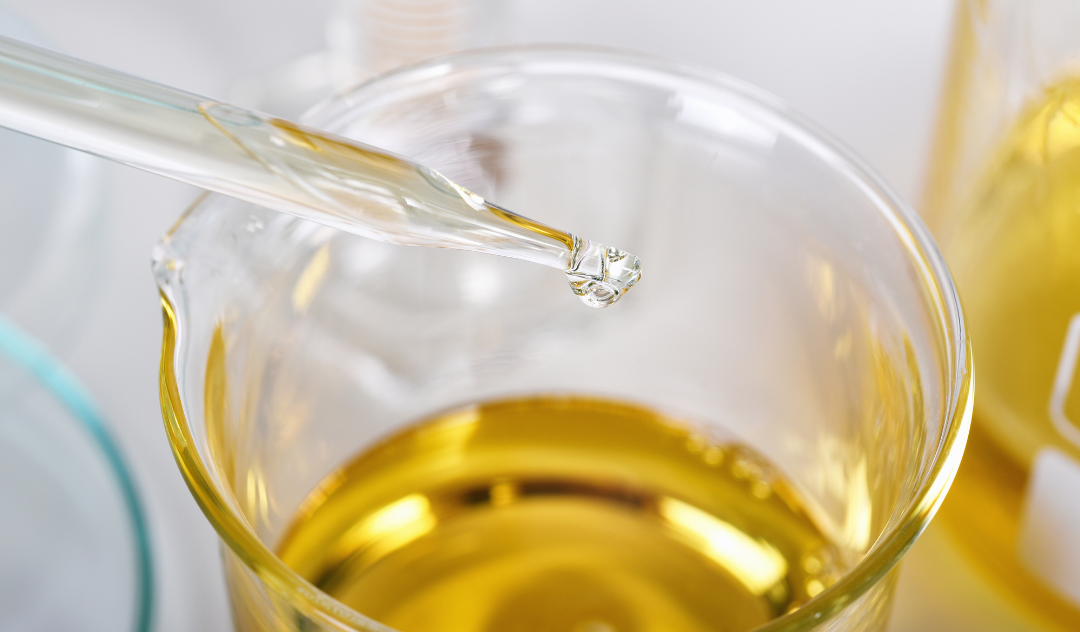
Key Takeaway: Integrating the Organomation 12-position N-EVAP into palm oil workflows delivers rapid, uniform solvent removal with unparalleled user control, boosting throughput by over 60% and preserving sensitive oxirane functionalities for precise fatty acid profiling.
Overview
Malaysian Analytical Sciences Society and the Malaysian Journal of Analytical Sciences
The Malaysian Analytical Sciences Society (ANALIS) established the Malaysian Journal of Analytical Sciences (MJAS) in 1995 to disseminate high-quality research in analytical chemistry. Published by the Faculty of Science and Technology at Universiti Kebangsaan Malaysia, MJAS serves as a peer-reviewed platform for advances in mass spectrometry, separation techniques, environmental analysis, and related fields.
Significance of Palm Oil Analysis in Asia
Palm oil underpins the economies of Southeast Asia, accounting for over 80% of global production in Indonesia and Malaysia. In 2023, the Asia-Pacific palm oil market generated approximately USD 50.5 billion in revenue, projected to grow at a 5.5% CAGR through 2030, driven by demand in food, cosmetics, and biofuels.
Rigorous analytical testing of palm oil—covering free fatty acid content, peroxide value, iodine value, moisture, and contaminants—is critical for:
- Ensuring food safety and compliance with national standards (e.g., MPOB P2.5, AOCS Cd 1d-92)
- Maintaining export quality, as key markets like India, the EU, and China demand certified parameters.
- Supporting biofuel applications, where feedstock purity impacts engine performance and emissions.
- Advancing sustainability, by verifying traceability and sustainable-certification metrics such as RSPO uptake.
Through analytical precision enabled by the N-EVAP, laboratories can achieve the consistency and throughput required to sustain Asia’s leading role in the global palm oil industry.
Challenge in Palm Oil Analysis
Palm olein epoxidation workflows demand precise concentration of palm oil extracts prior to HPLC-MS/TOF. Conventional rotary evaporators are slow (20–30 min per sample), subject samples to uneven heating, risk thermal degradation of oxirane rings, and lack per-tube flow control—leading to variable final volumes and compromised reproducibility.
Why the N-EVAP Excels
The Organomation 12-position N-EVAP (Cat. 11155) was purpose-built to conquer these challenges:
- Parallel, Individualized Flow Control: Twelve precision chrome-plated brass needle valves (4″ × 19 ga), each adjustable 0–10 L/min, allow sample-by-sample end-point tuning. This eliminates over- or under-evaporation and accommodates mixed-volatility batches without cross-contamination.
- Uniform, Low-Temperature Water Bath: A stainless-steel, 550 W bath heats samples evenly up to 90 °C. Lower temperatures preserve oxirane rings and minimize side reactions documented above 70 °C.
- Front-Access, Spring-Tensioned Carousel: Circular rotating design secures 10–30 mm OD tubes (optional 5–16 mm holder) for effortless loading and retrieval, streamlining high-throughput workflows.
- Chemically Inert Pathways: Phthalate-free, high-pressure tubing resists acidic post-epoxidation washes, preventing contamination and ensuring sample integrity.
- Safety and Durability: Nitrogen filtration, high-temperature limit switch, and robust stainless-steel construction deliver reliable performance with minimal maintenance.
Implementation in Palm Oil Epoxidation
1. Preparation: Post-wash palm oil–ethyl acetate extracts (~3 g in 10 mL) loaded into 12 glass tubes.
2. Setup: Bath preheated to 55 °C for epoxidation concentrate or 30 °C for pre-MS dilution. Needles adjusted until a gentle solvent “dimple” forms, preventing aerosolization.
3. Concentration: Individual nitrogen flows tuned to maintain dimples; complete evaporation to ~0.5 mL achieved in 8–10 min per 12-tube batch—over 70% faster versus rotary methods.
4. Recovery: In situ needle rinses recover trace lipids. Samples reconstituted to 0.1 mg/mL before LC-MS analysis.
Quantified Benefits
|
Metric |
Rotary Evaporator |
N-EVAP Improvement |
|
Time per 12 samples (min) |
150 |
8–10 (70% time savings) |
|
Throughput gain |
– |
>60% sample capacity throughput |
|
Final volume RSD |
~10% |
≤3% across all samples |
|
Oxirane oxygen deviation (OOC) |
5% |
≤3% relative SD for EPO, ERBO |
|
Thermal degradation risk |
High (>70 °C) |
Minimal (≤90 °C) |
Impact on Analytical Accuracy
- Reproducibility: ≤3% RSD in final volumes and OOC determinations (EPO 2.89 ± 0.08%; ERBO 3.05 ± 0.17%)—critical for comparative lipid profiling2.
- Integrity Preservation: Low-temp nitrogen blow-down maintains epoxide structures, avoiding ring-opening side reactions.
- Operational Efficiency: Front-access carousel and individual flow control reduce operator intervention, enabling non-specialists to achieve expert-level consistency.
Conclusion and Recommendation
By adopting the Organomation 12-position N-EVAP, palm oil laboratories can transform their sample concentration stage into a high-throughput, highly reproducible process that safeguards delicate epoxide chemistries. Its precise, per-tube nitrogen control, uniform heating, and inert design make it the instrument of choice for any lab committed to accurate, efficient palm oil analysis.
Connect with our sales team today to discuss your sample concentration needs, and download our Excel Calculator Tool to calculate how long your samples would take to dry down in an Organomation evaporator.
